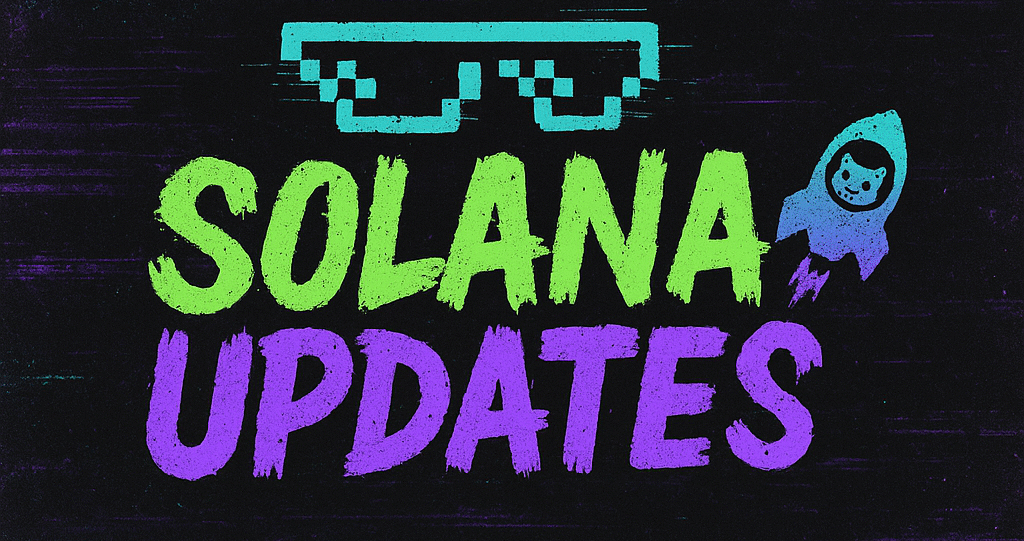As the world of cryptocurrencies continues to evolve, Ethereum (ETH) finds itself at a crossroads. Despite a wave of strong ETF inflows, the enthusiasm among ETH traders appears restrained, casting doubts over its ability to rally past the coveted $4,000 mark. This apprehension is fueled by persistent competitive pressures and tepid network activity.
The Ethereum derivatives market, a key indicator of investor sentiment and future price movements, has shown little momentum in recent weeks. This stagnation is surprising given the favorable market conditions, including the burgeoning popularity of Ethereum-based ETFs. These financial instruments have attracted substantial capital inflows, theoretically setting the stage for a price surge. However, the reality on the ground tells a different story.
Experts attribute this lackluster performance to several factors. Firstly, the competitive landscape for Ethereum has never been more challenging. Rivals such as Solana, Binance Smart Chain, and Cardano continue to make significant inroads, each offering unique advantages that appeal to different segments of the crypto market. From faster transaction speeds to lower fees, these alternatives are siphoning off potential Ethereum users and investors.
Moreover, Ethereum’s network activity remains weak. Despite the ongoing transition to Ethereum 2.0, which promises to solve many of the scalability and efficiency issues that have plagued the network, adoption has been slower than anticipated. This sluggishness is partly due to the technical complexities associated with the upgrade, as well as the broader uncertainty in the crypto markets.
Additionally, macroeconomic factors are also at play. Global financial markets are navigating a period of heightened volatility, driven by geopolitical tensions and shifting monetary policies. This uncertainty has made investors more risk-averse, leading them to adopt a cautious stance toward high-volatility assets such as cryptocurrencies.
Despite these challenges, there are reasons to remain optimistic about Ethereum’s future prospects. The continued development of the Ethereum ecosystem, particularly in areas such as decentralized finance (DeFi) and non-fungible tokens (NFTs), underscores its enduring appeal. Moreover, the implementation of Ethereum 2.0’s full capabilities could provide the necessary infrastructure to support a new wave of innovation and growth.
In the short term, Ethereum’s path to $4,000 remains fraught with challenges. However, the resilience of the Ethereum community and its ability to adapt to changing circumstances should not be underestimated. As traders and investors weigh their options, the coming months will be crucial in determining whether Ethereum can overcome these hurdles and achieve the bullish targets many have set for it.
In conclusion, while Ethereum’s derivatives market currently lacks momentum, the potential for a rally remains. Investors and stakeholders will be closely monitoring developments both within the Ethereum network and in the broader crypto landscape. Whether Ethereum can overcome its competitors and network challenges to break past the $4,000 level will depend on a variety of factors, including market sentiment, technological advancements, and macroeconomic conditions.
🛒 Recommended Product: Check out top-rated crypto gear on Amazon


